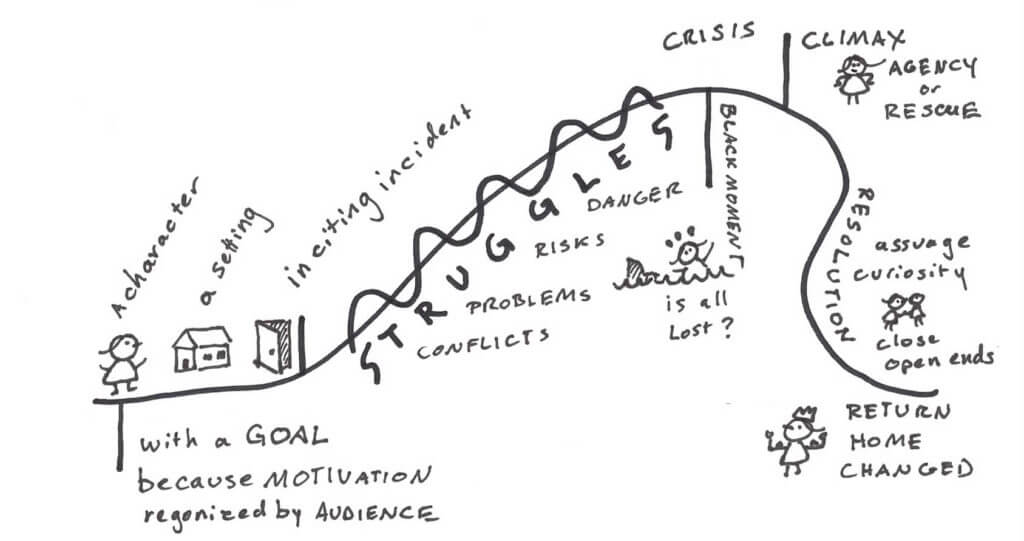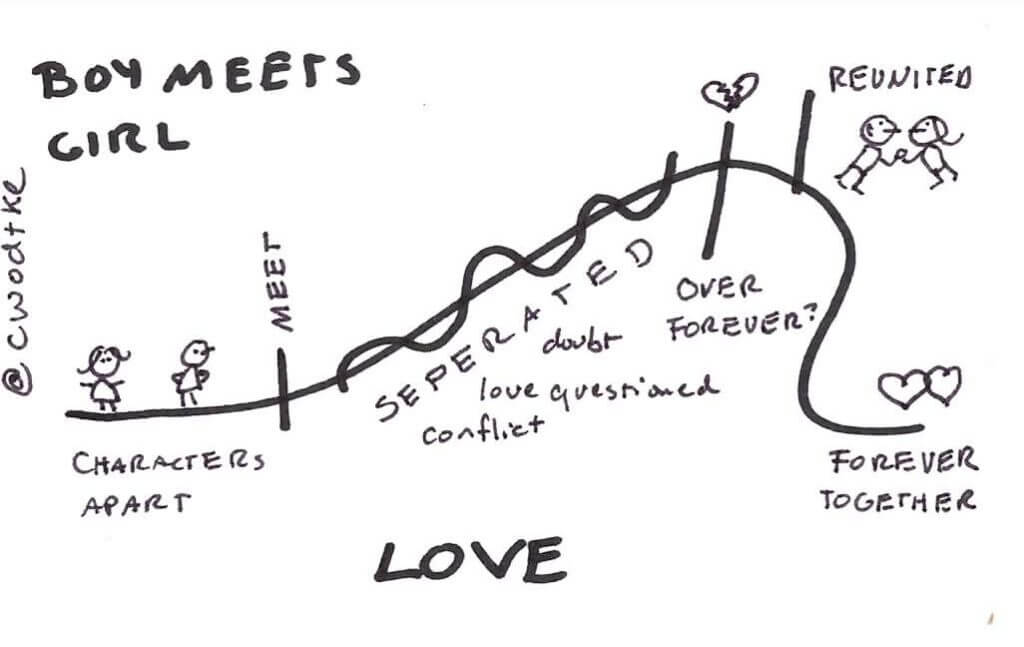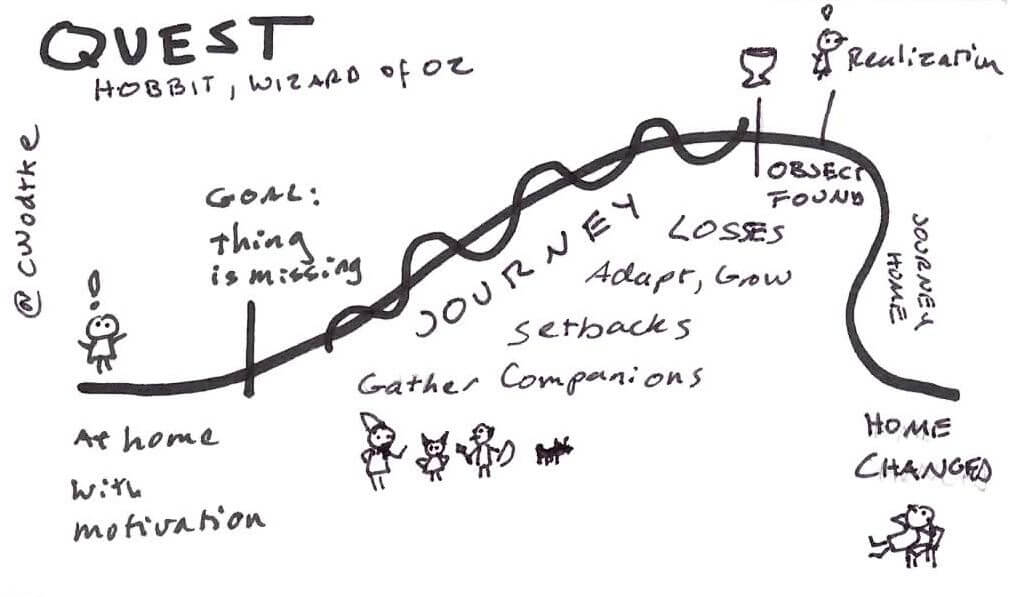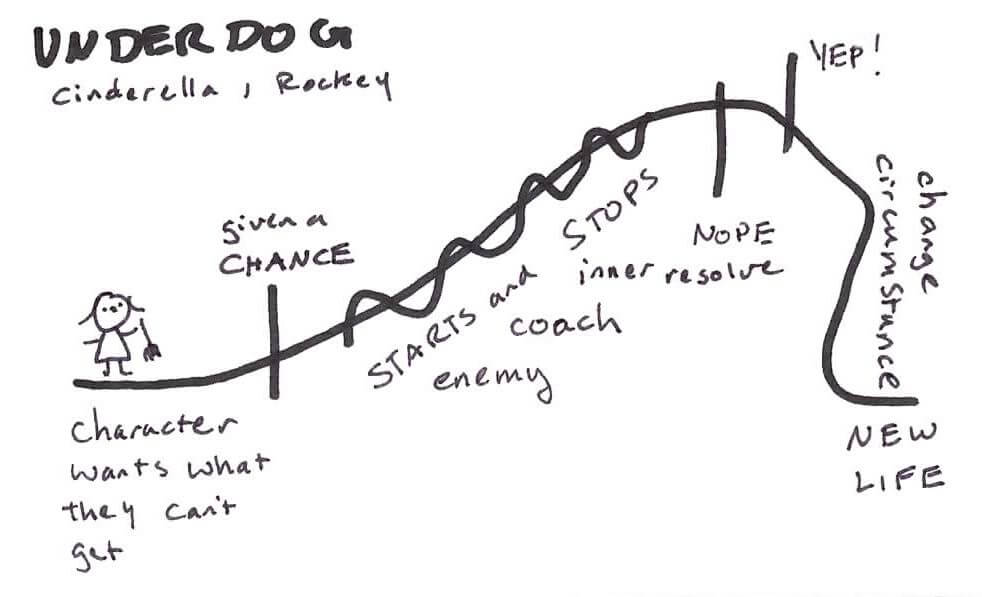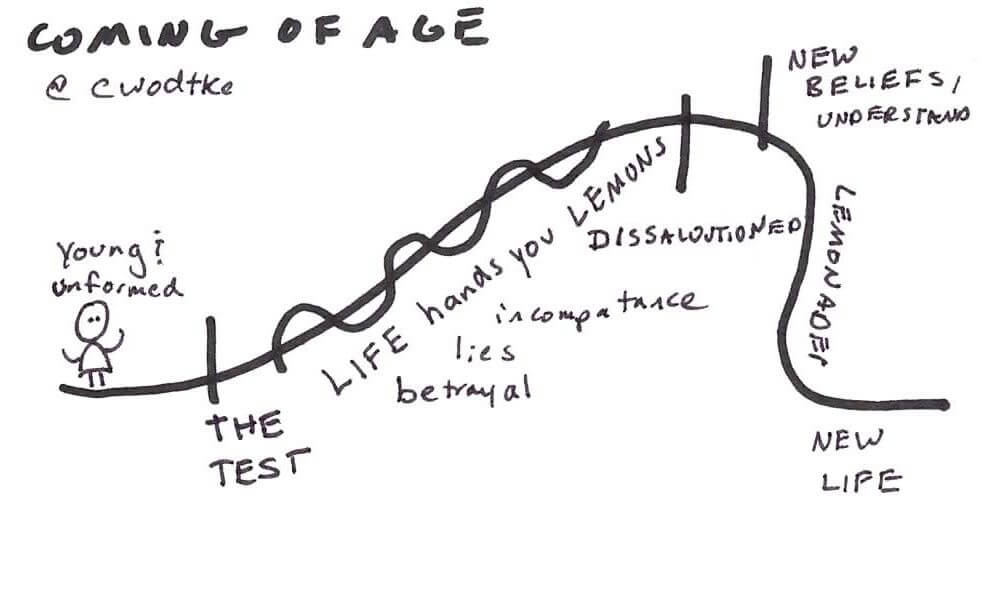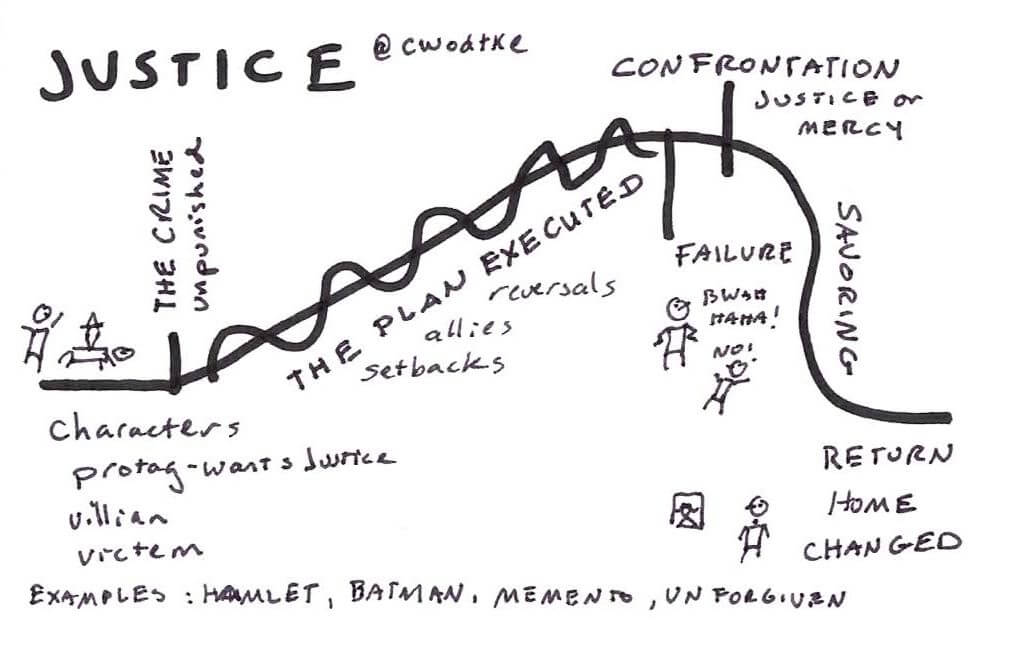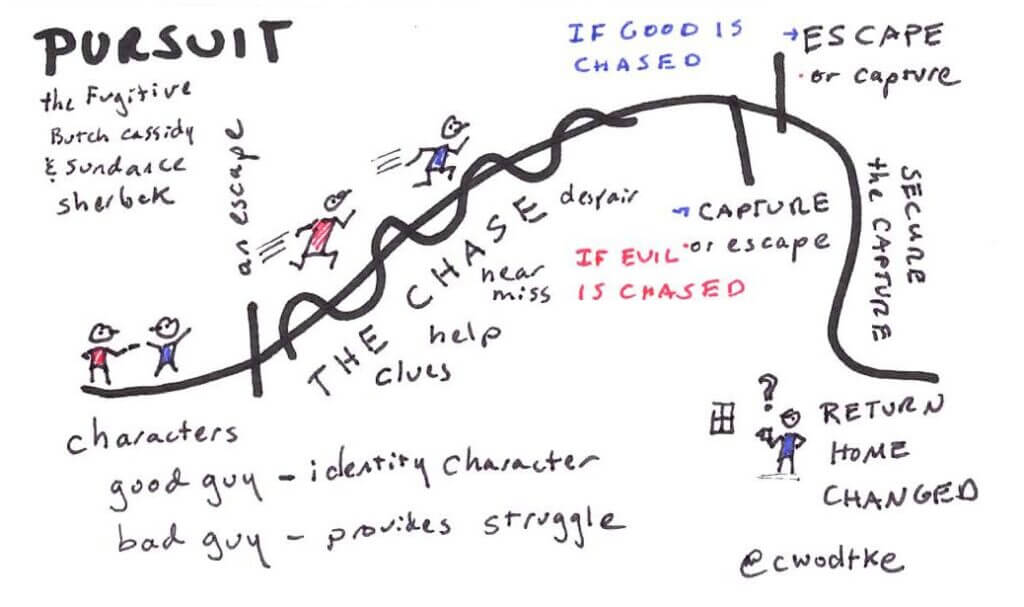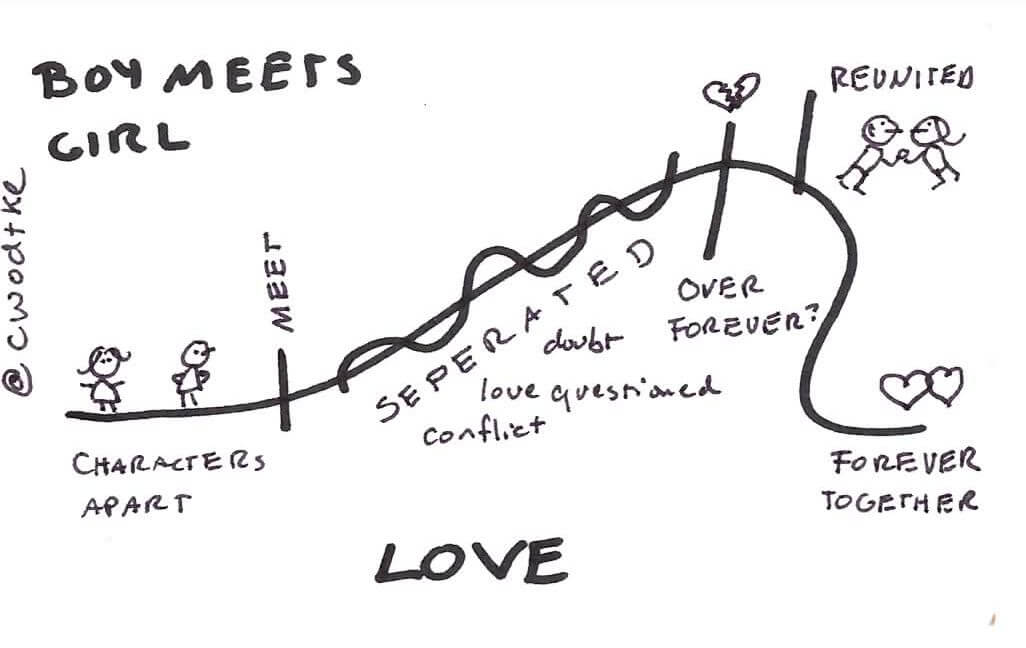Storytelling: Tell Songs Like A Movie
Storytelling can get pretty messy pretty quick. And, in a song, you only have three to four minutes. So, how do you make sure you’re telling a great story in a compelling way, and capturing the hearts and minds of your listener? Story Streaming.
Story Streaming is a way to approach your storytelling, and is very similar to object writing. But, unlike object writing, which focuses intensely on a single object and allows for associations to occur, story streaming has a big picture goal: create a vehicle to convey a message.
Story streaming is “the movie” you’ll use to craft the song. And to begin, you’ll write it out in long form with no rhymes or structure to worry about.
This allows you to work through the story and then apply some rules later, eliminating restrictive thinking as you put things down on paper.
WHAT IS STORY STREAMING?
Full disclosure, it’s a made up term – but hey – it works!
I once heard Mary Gauthier talk about writing a song with Fred Eaglesmith. She had a single line: “between daylight and dark” – an idea generated from reading The Secret Life of Bees. His response? “Hold on, let me go get the movie.”
Eaglesmith went and found the scene to express the “that feeling we get in that moment . . . the gloaming . . . the twilight . . . the feeling of something being lost, or a sadness that comes over you between daylight and dark.”
I had the good fortune of hearing her recount the story live at the Mucky Duck here in Houston, and I realized it is a great process for songwriters to have in their song craft bag.
Story Streaming is the laying out of the message you want to convey. It makes your storytelling fluid, adds emotion in the right spots, and gives you a roadmap for laying out your story so a listener can follow. And, you can do it in several ways. Storytelling doesn’t mean you have to use a straight storyline plot over and over again, or create a redundant, simple sequence of events with a beginning, middle and end. You can get pretty creative once you free yourself up to think in terms of creating a movie.
Think of storytelling in the fashion of a flip book: individual scenes that work together as you hold it in your left hand, bend slightly with your right, and let the images cascade through your thumb to reveal the motion.
GETTING STARTED WITH STORY STREAMING
Sometimes, you have a story line or general scene or two in your head, but as a songwriter, you haven’t discovered the message of the song. If you don’t know the idea you’re trying to communicate, then there’s no real intent on your part as a songwriter.
What’s a songwriter’s intent? Pretty important according to Jimmy Webb!
Your intent as a songwriter is the thing you want someone to take away from your song: basically – the message.
STORYTELLING AND USING A STORY STREAMING PATH
Step 1: Envision The Story Arc
Use the story arc below to mentally put your story into a storytelling flow to help guide the next several steps.
Think of it as your baseline template for how things will unfold.
I’m a huge fan of Christina Wodtke’s Eleganthack.com site and her blog posts about writing and personal goal setting. I’ve used a number of her images below to illustrate the different types of stories (since she does it so well). Go check out her site for more detail about each of the story plot arcs, story creation posts and tips!
Step 2: Capture The Movie
Start the movie rolling in your head!
One of the most important elements is your opening scene (likely a verse) in your song. It will set the mood and tone of the song/movie.
So how do you make sure it delivers on it’s job of setting the story in the right “space” for the listener?
Write the whole concept out long form first. Don’t worry about what’s a verse and what’s a chorus – that’s mechanics. You’ll do that later.
Write down whatever pops into your head as if you’re watching a movie. Don’t edit just let it go. This “free writing” exercise should help get you to the message of the song.
If there’s dialogue, write that down too – it may help clarify the song’s message for you.
Why long form? Because you’ll need to figure out the point (or the intent – or the message) of what you’re writing down before you move to how you’re going to tell the story – and reveal the songs intent in a way your audience gets in 3 or 4 minutes.
For example, is the message about making decisions that impact others? Or is it about the speaker feeling they have no other options and the unknown is better than the known?
Free writing will help you figure out why the song is important. Your main character, the scenes, the dramatic moments created, should all have a purpose and support your very important message.
Step 3: Loosely Structure Your Song
Form follows function – so how is your “form” unveiling the song’s meaning, and your intent as a songwriter?
Think back to your template. Heck, maybe you even drew it out – even better!
Based on the “movie” you wrote down and the story arc template, convert the song’s outline into a song structure using the Song Outline Worksheet. For an example of how to use the worksheet, check out the songwriting exercise From Outlines To Songs.
Step 4: Begin The Arc -> ID The Story Teller
Storytelling comes from a perspective: a narrator, omniscient viewpoint, but always someone or something. Consider who you want to be delivering the “story” in the movie. Who’s your main character? Why are they the main character?
Your main character is extremely important, because who they are determines the perspective of the story.
The perspective of the story creates the context for your song’s message.
For example, if I’m the victim of something, me telling the story is very different than if I’m the perpetrator. Different message to the audience, who has a different take away from the song.
Consider your main character or story teller carefully. They are the conveyor of your song’s intent!
Step 5: Middle Arc -> Identify Your Key Scenes
What are the key “scenes” in the movie?
At a minimum, you should (A) set the scene/tone of the song, (B) identify the conflict, (C) resolve the conflict per the story arc.
Construction of your song can take a number of forms. For example, you can have a few verses that do each with a simple refrain running through the song and no chorus (see “Open Pit Mine” as an example), or you can use a chorus as a way to move the song’s storyline forward and provide a larger emotional meaning to the song (see “Leave Your Gun”).
The important thing to consider when choosing how to structure the song is to make sure each occupies the appropriate parts of the song and that the melody supports what’s happening.
For example, are you starting with the end and going backwards in time to the beginning, or are you starting from the beginning and going forward? Does it stay true to the order you’ve chosen?
Step 6: Make It A Song -> Match The Music To The Mood
How is the musical accompaniment complimenting and moving the story forward?
Are you using minor chords during happy moments? If so, this could create confusion for you listener. Does the melody rise and fall with the action or ideas? Leveraging the music to deliver the mood of the scene is one of the best devices you have to reinforce the story.
Movie scores rely on this for scenes with no dialogue. Make sure you use it to your advantage.
TIP
The next time you’re watching a movie, pay close attention to the music choices that support a scene. Notice how the music supports scenes with and without dialogue.
This also includes instrumentals within the song. The song “Between The Daylight And The Dark” uses an instrumental to create a break before the resolution of the song.
It gives the listener a chance to catch up to what they’ve been told, process it, and prepares them for the big event.
This is a great device to keep in your back pocket.
